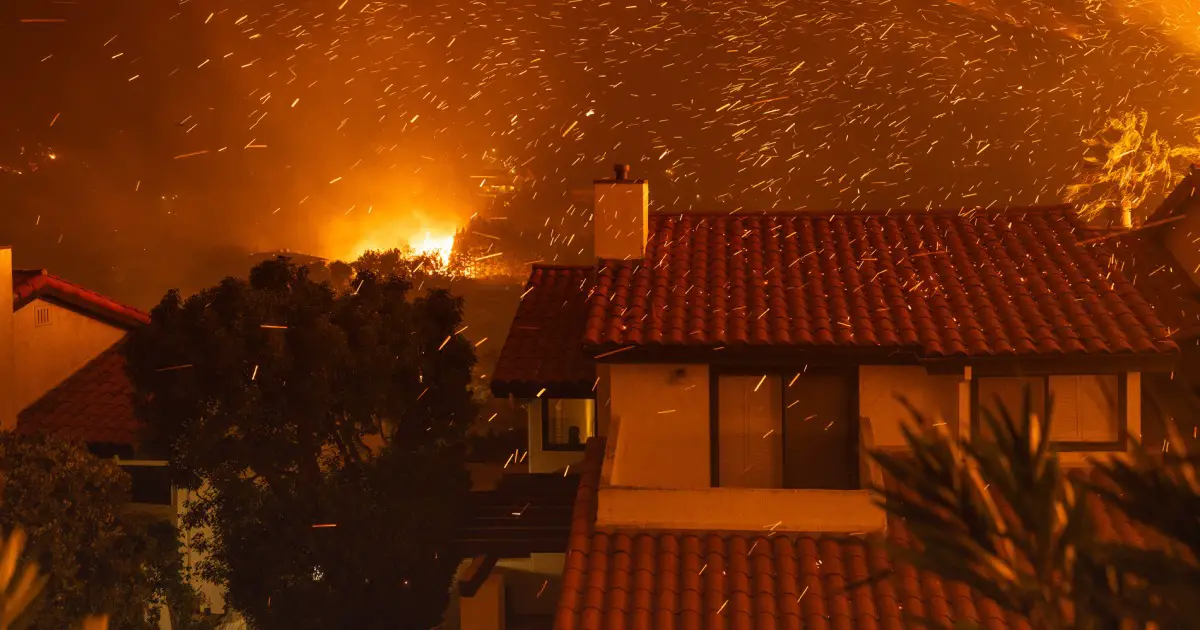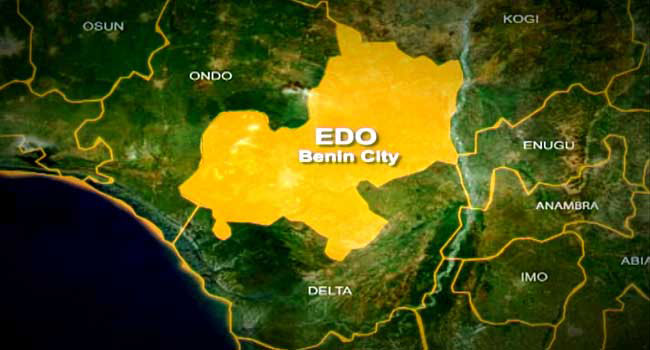
[ad_1]

“The low-moisture content in the vegetation that we get in these extreme dry periods leads to these highly, highly vulnerable conditions,” said Mark Gold, director of water scarcity solutions at the Natural Resources Defense Council. “And boy, when a big Santa Ana hits, that’s when the nightmare for our firefighters really kicks in.”
The Santa Ana winds form in a western area of the country known as the Great Basin, which includes Nevada and part of Utah. The basin sits at a higher elevation than Southern California.
In cooler months — typically September to May — cold air in the basin is forced downhill and westward toward low-pressure areas along the Southern California coast. As the air travels, it’s squeezed through mountain passes and canyons, picking up speed and becoming hotter and drier along the way.
[ad_2]
Source link





